Using the Equality Web in the classroom
Ideas to use the Equality Web
with the students
Introduce the Equality Web
Before using the Equality Web as a reflection or evaluation tool, students need to understand what it is and why it matters. The goal is to help them become more aware of how we learn together — not just what we learn.
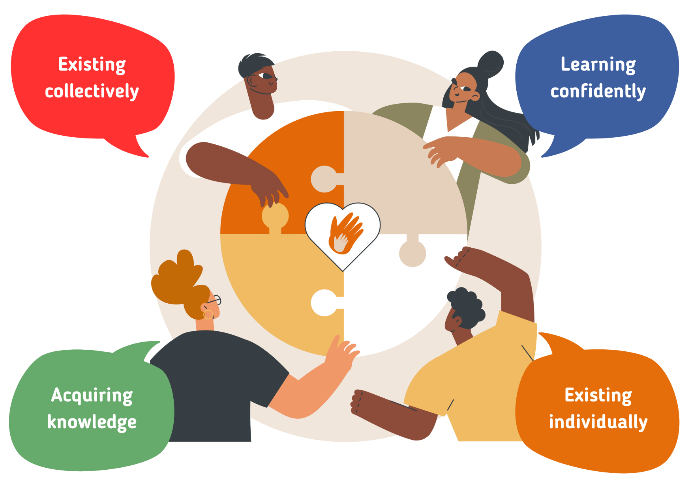
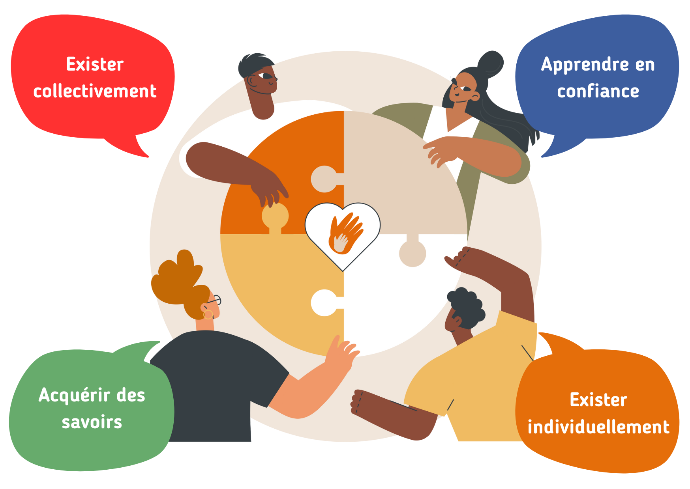
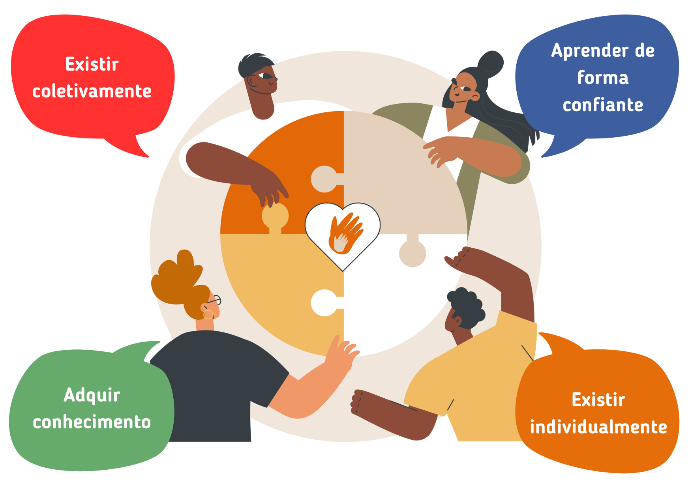
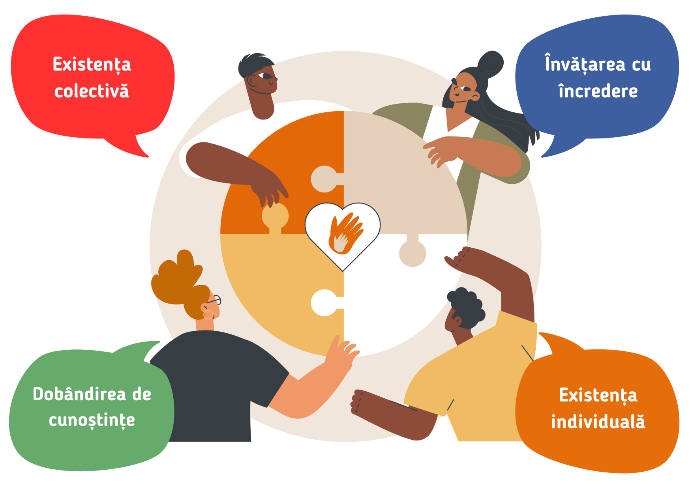
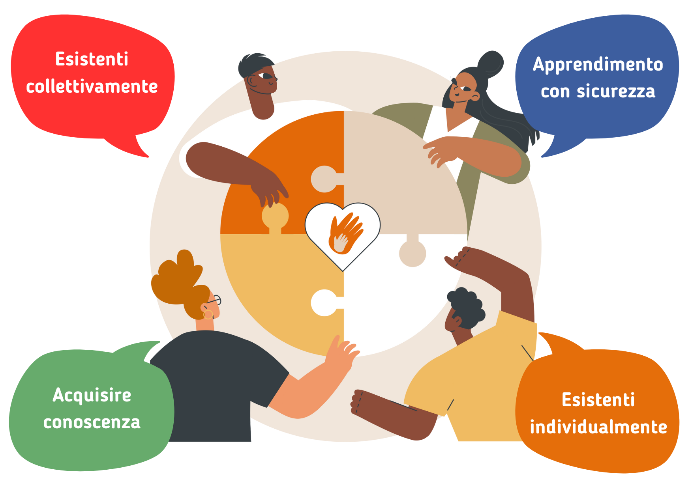
You can present it as a way to make sure everyone feels included, respected, and empowered during group projects and learning activities.
You can try these tips for introducing the Equality Web to your students:
- Use visual aids: draw the web or use icons to make it memorable.
- Use real examples: connect each axis to past group projects or situations they have lived.
- Make it interactive: ask students to give examples or come up with classroom-friendly definitions.
- Apply it to an ongoing project so they see how it works in real time.
- Use clear, simple language for each axis.
Below are some examples and questions to translate each axis of the Equality Web into concepts that make sense to students.
“Do I feel safe and supported to learn?”
- Everyone has the right to feel welcome and included.
- Making mistakes is part of learning — we all help each other grow.
- We use themes and examples that connect to all our interests and cultures.
“Does everyone get noticed, heard, and valued?”
- Everyone's ideas and efforts matter — in design, coding, organizing, presenting, etc.
- We make sure everyone has a chance to speak and show their work.
- We avoid letting one person always take the lead.
“Do we work together fairly and help each other?”
- We share roles and make sure no one is left out.
- We help each other, not compete.
- We take turns speaking, deciding, and doing tasks.
“Can I anchor my learning in everyday life?"
"Do I have choices and the chance to create and lead?”
- We get to make decisions about what and how we learn.
- We create our own stories, ideas, and projects.
- We reflect on what we did, what we learned, and what we want to improve.
Co-create classroom agreements based on the Equality Web
Involve students in designing shared norms inspired by the Equality Web. For example:
- “We make sure everyone speaks in group work”
- “We switch roles so everyone tries different tasks”
- “We celebrate all types of work: ideas, design, tech, talking”
Visual idea: create a living poster where students can add post-its, drawings, or examples during the project.
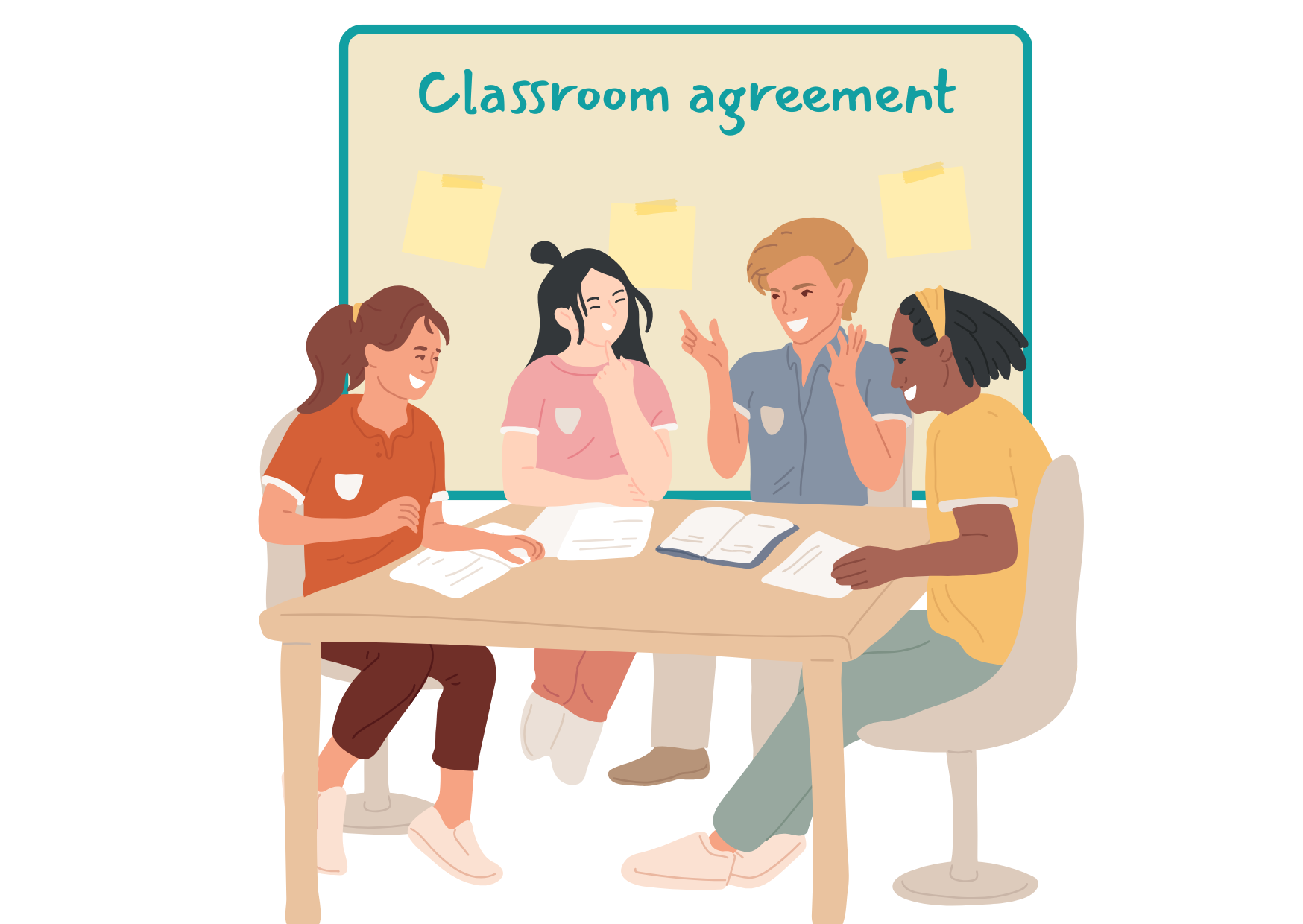
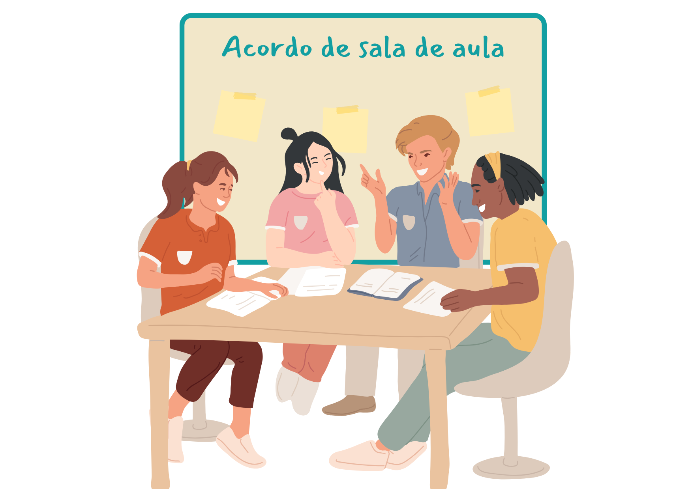
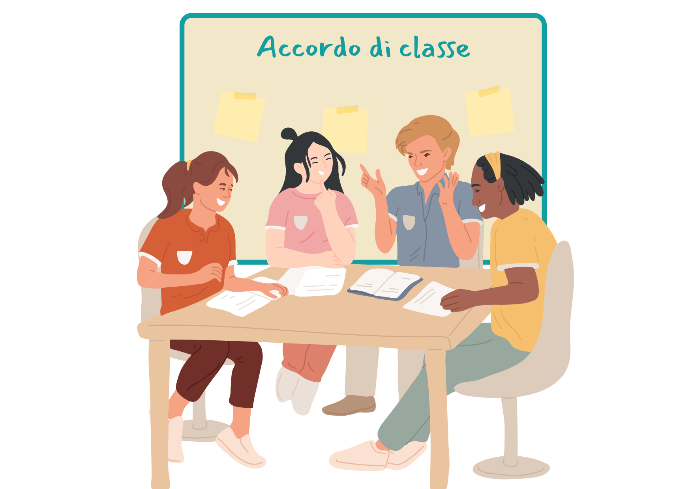
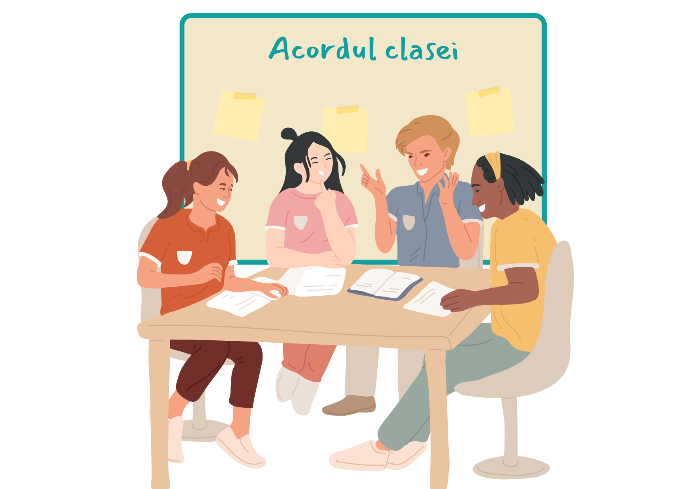
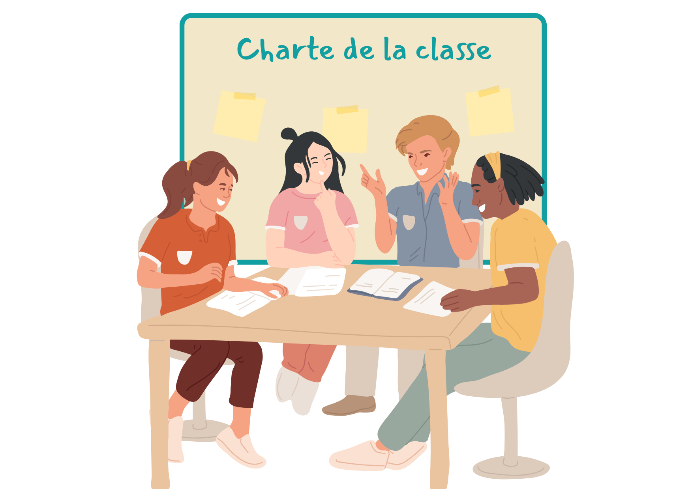
There are no comments for now.
